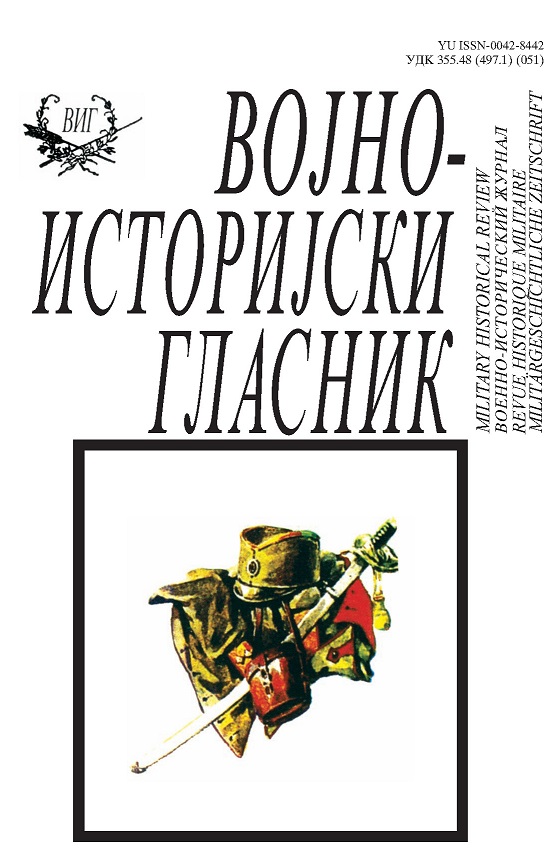Униформа војних свештеника у српској и југословенској војсци 1839–1941
Uniform of the Army Chapelans in Serbian and Yugoslav Armed Forces 1839–1941
Author(s): Miljan MilkićSubject(s): Military history, Recent History (1900 till today), 19th Century, Eastern Orthodoxy, Sociology of Religion, History of Religion
Published by: Institut za strategijska istraživanja
Keywords: Military uniform; army chapelants; Serbian Army; Yugoslav Army; armed forces; 1839-1941; military history; orthodox chaplains;
Summary/Abstract: The uniform worn by Army chaplains in the Principality and Kingdom of Serbia was not different from the outfits worn by parish priests. The only difference was the priest cap worn by orthodox chaplains. That cap differed from the traditional priest cap in shape and it had a cross in the middle. The cross marked the priest’s rank: the golden cross was worn by senior priests, and the silver cross by junior priests. Towards the end of the World War I in 1918, a special uniform was prescribed for orthodox chaplains. It was actually a modified officer uniform – a black officer’s trench coat and a black military cap with a cross in the middle. Chaplains of all faiths serving in the armed forces of the Kingdom of Yugoslavia took a unique approach that military chaplains should wear a special uniform. They thought that they had to have a military uniform, which in addition to the spiritual character of their profession, would enable them to be adequately ranked and respected in the military hierarchy. The uniform of military chaplains had a social role in the armed forces of the Kingdom of Yugoslavia. Beside officers, military servant had right to wear the uniform. The status of the military servant, unlike the status of the civil servant, guaranteed a higher salary and various officers’ allowances. The aspiration of military chaplains to persuade the military authorities to introduce a special uniform for them was mainly motivated by their ambition to become military servants and thus increase their income and raise their social status. In spite of many proposals, the uniform of military chaplains was never accepted, and military chaplains remained civil servants until the end of the Kingdom of Yugoslavia in 1941.
Journal: Vojnoistorijski glasnik
- Issue Year: 2009
- Issue No: 2
- Page Range: 9-29
- Page Count: 21
- Language: Serbian

